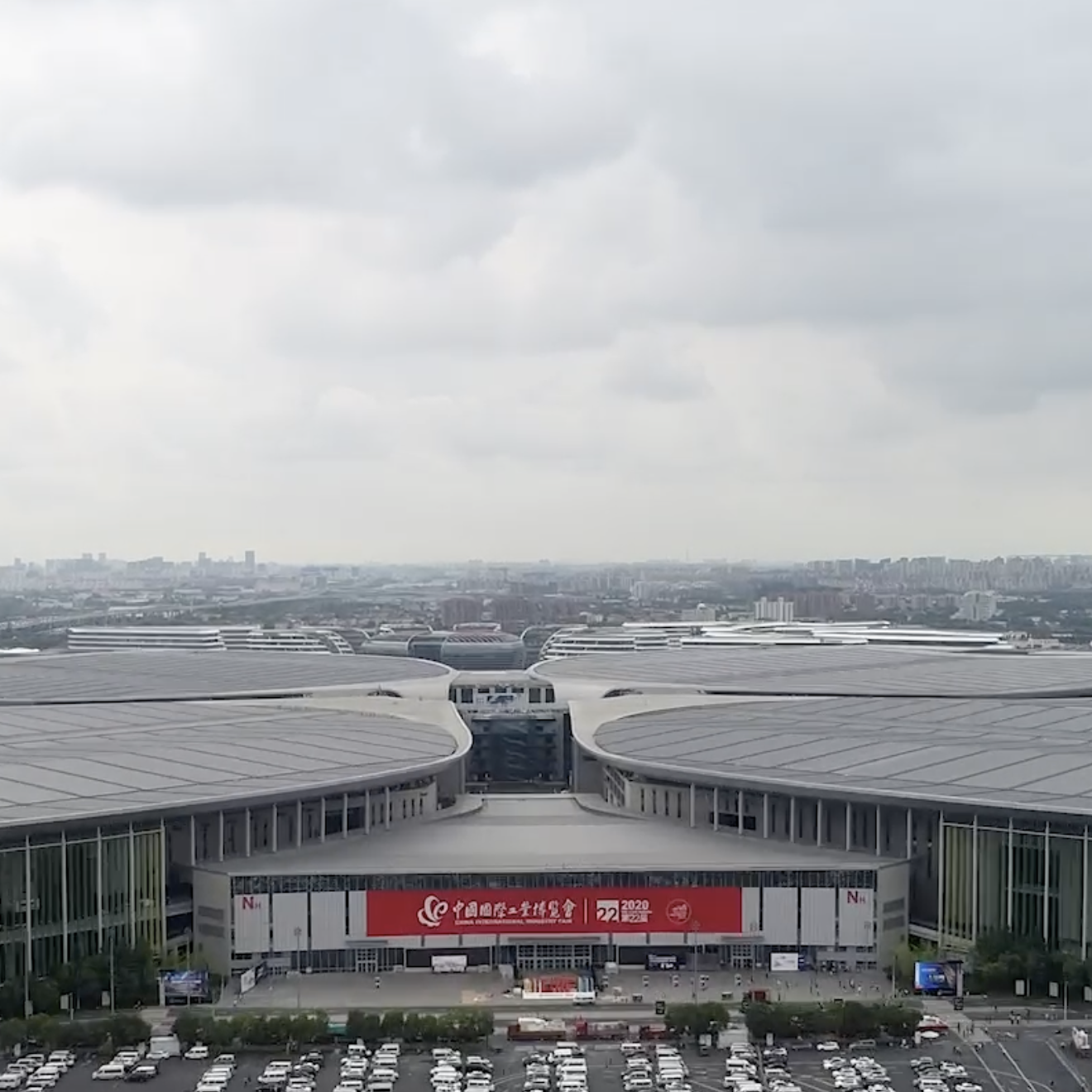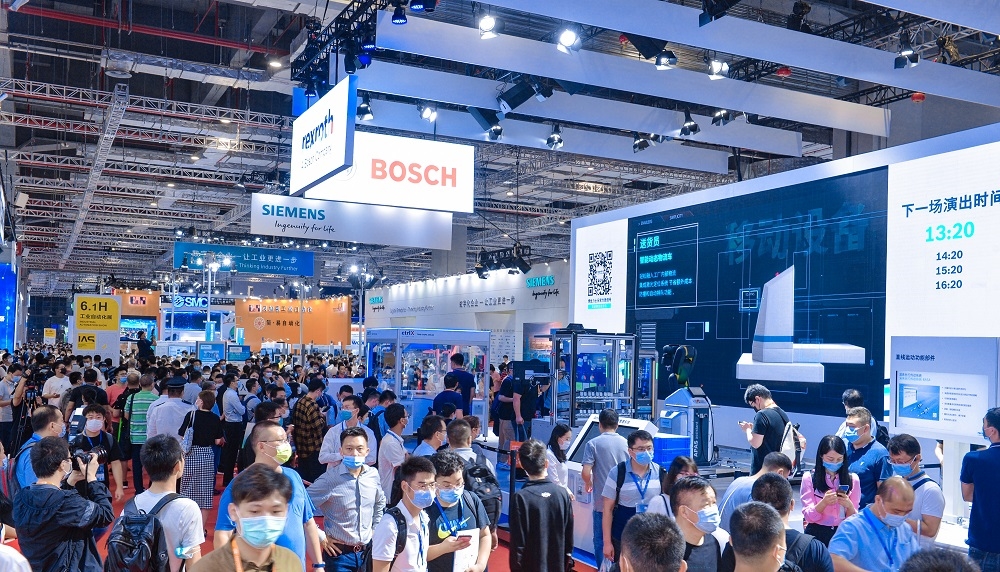CEO’s Insights

Over the span of five days, the China International Industrial Fair 2023 welcomed an impressive 205,000 attendees, offering a tantalizing preview of the future of manufacturing. Our team took the opportunity to explore every hall, and we’re excited to share our insights.
Here’s an overview of the different exhibit halls and their key themes:
Hall 1.1:
- New energy automotive technology
- Energy solutions
Hall 2.1:
- Environmental protection technologies and equipment
Hall 3:
- Metalworking and CNC machine tools
Halls 5.1 & 6.1:
- Industrial automation
Halls 7.1 & 8.1:
- Robotics
Hall 5.2:
- New tech applications
–
The most heavily trafficked areas were those dedicated to industrial automation and robotics.

Robotics: This section was dominated by displays of robotic arms and warehouse robots. There was a notable emphasis on integrating robots with computer vision to enhance their capabilities.
Industrial Automation: Companies like Siemens and Mitsubishi showcased platform solutions for sensor integration, control management, dashboards, and digital twins.
Assembly Line & Man-Machine Coordination: Omron demonstrated a working assembly line, where human operators worked alongside machines for improved efficiency. However, the approach leveraged was traditional, requiring human operators to place work-in-progress (WIP) items at fixed locations, tracked by infrared sensors for robots to pick them up. This could prove challenging for high-mix, low-volume production lines. Incorporating modern computer vision technology could potentially resolve this issue.
Computer Vision: Most applications are still primarily focused on Automated Optical Inspection (AOI). Innovative use of computer vision was mentioned in its integration with robotics earlier. PowerArena’s unique approach to tracking human actions—instead of focusing solely on PCB or WIP tracking—stood out. This can be particularly beneficial for monitoring operations that impact product quality but are not easily safeguarded by conventional PCB or WIP inspections, such as ensuring certain quality control operations are carried out or verifying the correct tools are in use in the assembly process.
Read More: Next big thing in manufacturing: CIIF, 3 years later
